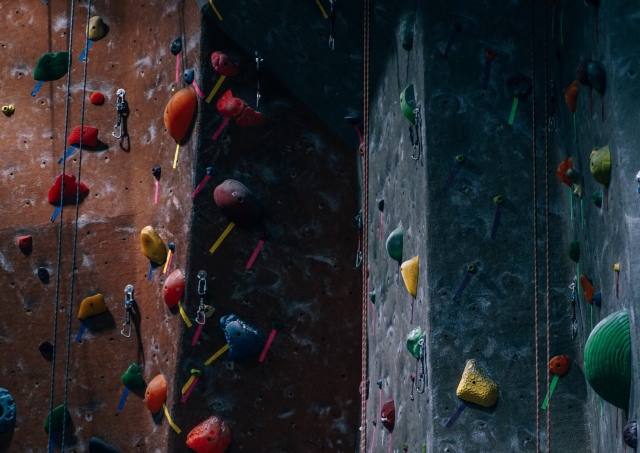I was delighted to run a session today for Researchers Who Teach on Active Learning – Benefits and Strategies.
I got there early, as you do. And that’s the point. I keep reading that active Learning is more work for the teacher and the students. For example, I was reading Tabrizi & Rideout’s 2017 paper yesterday (Active Learning: Using Bloom’s Taxonomy to Support Critical Pedagogy) and there it was again. A great paper by the way.
So is active teaching really more work than, say, lecturing?
First, good teaching is based on good preparation whatever pedagogy you use, so it is a bit of a daft question. Where do you start measuring? I read and write a lot about my subject and I know I can talk for England given half a chance as my subject excites me, but the active teacher’s main effort (and to be honest I struggle with this) is just listening and making just a few decisive interventions.
As well as knowing your subject, the active learning teacher has to devise the right strategy for each situation. You will have techniques you like to use and reuse, but you do have to look at context (e.g. intended learning outcomes, level, familiarity with student group, its size, time of day, physical space, etc, etc) and then come up with the best session design.
While a lecturer is probably going to prepare a set of slides and possibly an additional handout, the active learning teacher will have to do that, but also think about stimuli. And if there are to be several activities within a single session, several stimuli.
Stimuli? For example, if you are using Problem-based Learning, you will devise your problems and accompanying these may be case studies or videos that create a rich picture. If you use scenario-based learning then crafting a good scenario is quite a challenge as yo instruct a credible and reliable focus for engagement. Case-based learning requires you to find or fabricate a rich set of ‘clues’. Whatever your pedagogy, active learning does require a lot of imagination and energy.
A lot of what might be lectured in didactic situations, I make available in handout form or as decent bibliographies. So, as I set up the room today I look at the handouts, the piles of post-it notes and marker pens, the laminated cards I like to use to stimulate and inform discussion. Then there’s ten minutes of shifting tables and chairs, checking lighting, cleaning boards…
So that’s the inputs, but then we need to look at the relationship of active learning to formative assessment and creating a learning environment rich in feedback.
I suppose I’m saying, yes facilitating learning takes a fair amount of effort! But then, until I wrote this, I hadn’t really noticed. Or if I had, its good fun and satisfying and a learning experience every time. You get a lot back and you do reuse most of what you produce.
Reference
Tabrizi, T. & Rideout, G. (2017). Active learning: Using Bloom’s Taxonomy to support critical pedagogy. International Journal for Cross-Disciplinary Subjects in Education (IJCDSE), 8(3)

